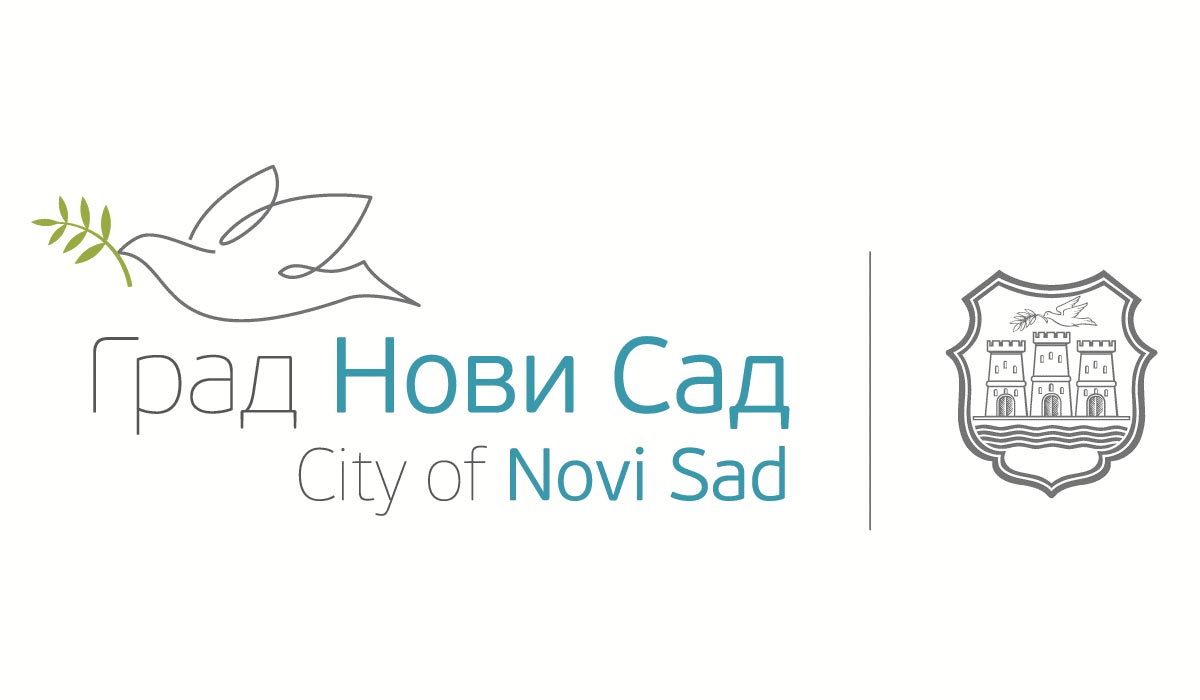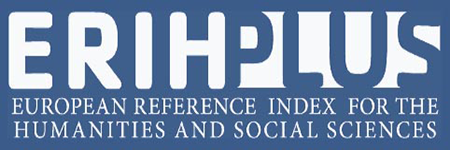ORGANIZATIONAL AND POLITICAL ACTIVITIES OF SLOVENIAN CATHOLICS AND LIBERALS IN THE LATE XIX-EARLY XX CENTURY: A COMPARATIVE ANALYSIS
DOI:
https://doi.org/10.19090/i.2021.32.175-190Keywords:
Austria-Hungary, Slovenian Catholics and liberals, party building, organizational structure of partiesAbstract
The article deals with the features of party building and organizational and political activity of the two largest Slovenian political parties – catholic and liberal in the central Slovenian region Carniola – in the late XIX-early XX centuries. The comparison of their activities takes place in three aspects: professional field, work to attract the masses, the conclusion of political alliances. At the turn of the 80-90-ies of the XIX century, on the initiative of the Slovenian Catholics, a split occurred between them and the liberals, and both groups moved to formalize their parties. While Catholics relied on the support of the largest class of Slovenian society – the peasantry, the social base of liberals was initially much narrower – it included representatives of the Slovenian liberal bourgeoisie and the petty – bourgeois strata of the city, in the villages-wealthy peasants and teachers. The Catholics were the first to unite and immediately began organizing mass meetings throughout the country and creating district party organizations. Their party gradually formed into a widely branched mass organization with a clear and well-thought-out organizational structure. The liberals, unlike the Catholics, did not pay enough attention to the formation of a serious political and economic organization, and they did not have the organizational resources to create it. They abandoned the idea of creating a mass party base in the villages, relying on a network of secret proxies in the communities. The Slovenian liberals did not manage to create a cohesive and organized party. The catholic party remained monolithic. The liberal party split in the early twentieth century.
Both Catholics and liberals founded competing non-political organizations in all spheres of public life. Each of the parties had its own teachers', students ' and academic societies, publishing houses and printing houses, press bodies and financial institutions. Thanks to the vigorous activity of the Christian socialists who were part of it, the catholic party began to implement a broad social program aimed at the poorest segments of the population. Catholics founded catholic societies for workers and artisans, peasant cooperatives. The liberals did not have such achievements, but they achieved success in the field of municipal politics and financial enterprises.
The success of the Slovenian parties directly depended not only on their program political settings, but also on how clearly they were able to form their structure and organize their activities. And in this area, the position of the liberals was much weaker. After the introduction of universal and equal suffrage in 1907, Catholics became the undisputed political leaders in the Slovenian lands.
Downloads
References
Lampe, E., Jeglič, A.B. Poročilo o II. slovenskem katoliškem shodu ki se je vršil leta 1900 v Ljubljani, Ljubljana: Pripravljalni odbor, 1901.
Ravnihar, V. Mojega živlenja pot. Spomini dr. Vladimirja Ravniharja, Ljubljana: Oddelek za zgodovino Filozofske fakultete, 1997.
Periodicals:
Slovanski svet
Slovenec
Slovenski narod
References:
Cvirn, J. Trdnjavski trikotnik: politična orientacija Nemcev na Spodnjem Štajerskem (1861–1914), Maribor: Obzorja, 1997.
______. Razvoj ustavnosti in parlamentarizma v Habsburški monarhiji. Dunajski državni zbor in slovenci (1848 – 1918), Ljubljana: Filozofska fakulteta Univerze v Ljubljani, 2006.
Erjavec, F. Zgodovina katoliškega gibanja na Slovenskem, Ljubljana: Prosvetna zveza, 1928.
Gašparič, J. ‘Slovenska ljudska stranka in njena organizacija (1890–1941)’, Prispevki za novejšo zgodovino, 2017, 1, 25–48.
Gestrin, F. Melik, V. Slovenska zgodovina od konca XVIII stoletja do 1918, Ljubljana: Državna založba Slovenije, 1973.
Kirilina, L. A. ‘Yanez Evangelist Krek – ideolog i organizator dvizheniya hristianskih socialistov v slovenskih zemlʹah’, in: Istoriki-slavisty MGU. Kn. 8. Slav'anskij mir v poiskah identichnosti, Moscow: Institut slav'anovedeniya RAN, 2011, 411–419. (Russian Cyrillic)
______. ‘Parlamentskoe predstavitelʹstvo slovencev’, in: O.V. Havanova (ed.). Politicheskie partii i obshchestvennye dvizheniya v monarchii Gabsburgov 1848–1914 gg. Ocherki. Glava 6. Parlamentskoe izmerenie partijnoj raboty, Moscow: Indrik, 2018, 256–262. (Russian Cyrillic)
______. ‘Slovenskie zemli nakanune i v period Pervoj mirovoj vojny (90-е gg. XIX v. – 1918 g.)’, in: Kirilina, L.A., Piljko, N.S., Churkina, I.V. Istorija Sloveniji, glava 8, Мoscow, Saint Petersburg: Aleteja, 2011, 239–289. (Russian Cyrillic)
Lukšič, I. ‘Doktrinarna konstrukcija Slovenije do leta 1914’, Teorija in praksa, 2015, 4, 707–742.
Pančur, A. ‘Politično življenje po volilnih reformah’, in: Slovenska novejša zgodovina 1848–1992. Knj. 1, Ljubljana: Mladinska knjiga, 2005, 39–43.
Perovšek, J. ‘Organizacijsko-politična slika liberalnega tabora v letih 1891–1941’, Prispevki za novejšo zgodovino, 2017, 1, 49–83.
Pleterski, J. ‘Nekaj vprašanj slovenske zgodovine v desetletju 1894–1904’, Zgodovinski časopis, 1977, 1–2, 7–23.
______. ‘O nekaterih vprašanjih slovenske politične zgodovine v zadnjem desetletju pred prvo svetovno vojno’, Zgodovinski časopis, 1979, 2, 203–220.
______. Dr. Ivan Šušteršič, 1863–1925: pot prvaka slovenskega političnega katolicizma. Ljubljana: Znanstvenoraziskovalni center SAZU, Založba ZRC, 1998.
Prijatelj, I. Slovenska kulurnopolitična in slovstvena zgodovina. Knj. 5, 1848–1895, Ljubljana: Državna založba Slovenije, 1966.
Potočnik, V. ‘Krek in sоcialna misel pri slovenskih katoličanih’, Cerkev, kultura in politika 1890–1941. Simpozij 1992. Ljubljana, 1993.
Prunk, J. Rangus, M. Sto let življenja slovenskih političnih strank 1890–1990, Ljubljana: Fakulteta za družbene vede, Založba FDV, 2014.
Rahten, A. Slovenska ljudska stranka v dunajskem parlamentu. Slovenska parlamentarna politika v Habsburški monarhiji 1897–1914, Celje: Založba Panevropa, 2001.
______. Savezništva i diobe. Razvoj slovensko-hrvatskih političkih odnosa u Habsburškoj Monarhiji 1848.–1918, Zagreb: Golden marketing - Tehnička knjiga, 2008.
Vodopivec, P. ‘Die Entwicklung des nationalen und politischen Organizationswesens in Krain’, Die Habsburgermonarchie 1848-1918. Bd. VIII. Politische Öffentlichkeit und Zivilgesellschaft. T.1. Vereine, Parteien und Interessenverbände als Träger der politischen Partizipation, Wien: Verlag der österreichiscen Akademie der Wissenschaften, 2006, 503–540.
______. Od Pohlinove slovnice do samostojne države. Slovenska zgodovina od konca 18 stoletja do konca 20. stoletja, Ljubljana: Modrijan, 2006.













